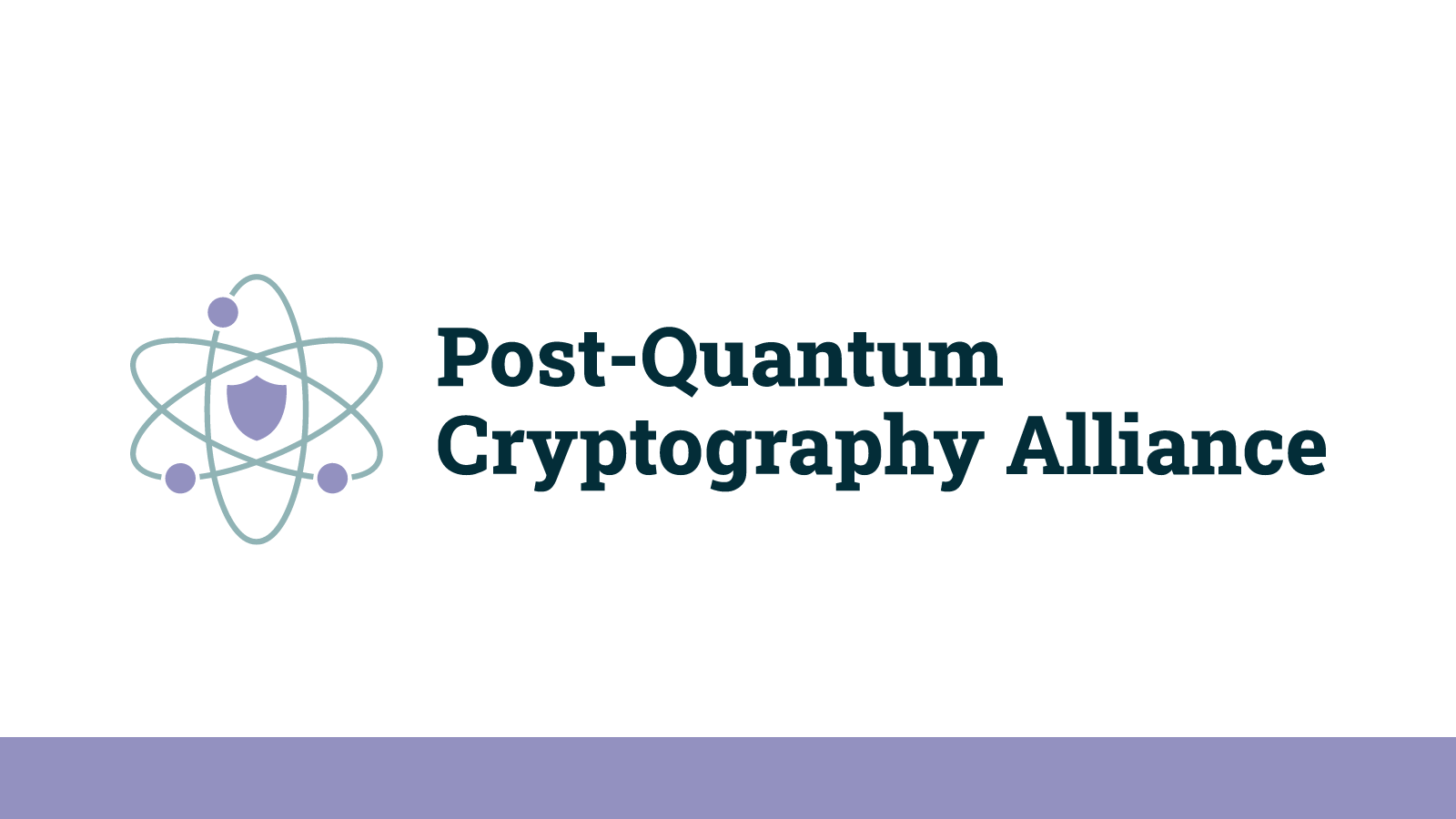Post-Quantum Cryptography: Billion-Dollar Market By 2030

Table of Contents
The Threat of Quantum Computing to Current Encryption
Quantum computers, leveraging the principles of quantum mechanics, possess the potential to break widely used encryption algorithms like RSA and ECC, posing a significant threat to global cybersecurity. This isn't a futuristic concern; the development of powerful quantum computers is progressing rapidly.
- RSA vulnerabilities to Shor's algorithm: Shor's algorithm, a quantum algorithm, can efficiently factor large numbers, rendering RSA encryption—a cornerstone of online security—vulnerable. This means sensitive data protected by RSA could be easily decrypted by a sufficiently powerful quantum computer.
- ECC susceptibility to quantum attacks: Elliptic Curve Cryptography (ECC), another widely used algorithm, is also susceptible to quantum attacks. While potentially more resistant than RSA to classical computing attacks, it's not immune to the power of Shor's algorithm.
- The urgency for proactive migration to quantum-resistant cryptography: The potential for widespread data breaches necessitates an urgent and proactive transition to quantum-resistant cryptography. Waiting until quantum computers are powerful enough to break current systems will be far too late.
The impact on various sectors is profound: finance (compromising online banking and transactions), healthcare (exposing patient data), and government (compromising national security) are particularly vulnerable. The need for robust, quantum-resistant solutions is paramount.
Understanding Post-Quantum Cryptography (PQC) Solutions
Post-quantum cryptography encompasses various algorithms designed to withstand attacks from both classical and quantum computers. Several promising algorithm families are currently under development and scrutiny:
- Lattice-based cryptography (e.g., CRYSTALS-Kyber): This approach relies on the mathematical hardness of lattice problems, making it extremely resilient against known quantum attacks. CRYSTALS-Kyber, for instance, is a leading candidate for standardization due to its efficiency and security. It's considered one of the most promising PQC solutions.
- Code-based cryptography (e.g., Classic McEliece): This family leverages error-correcting codes to create secure cryptographic systems. Classic McEliece, a prominent example, is based on the difficulty of decoding random linear codes, making it robust against quantum attacks. Its main advantage is its long history of cryptographic analysis.
- Multivariate cryptography: These algorithms are based on the difficulty of solving systems of multivariate polynomial equations. While promising, they often suffer from larger key sizes and slower performance compared to other PQC approaches. Further research is needed to optimize their efficiency.
- Hash-based cryptography (e.g., SPHINCS+): This approach relies on cryptographic hash functions to create digital signatures. SPHINCS+, for example, is a particularly notable hash-based signature scheme, offering strong security but with potentially larger signature sizes. This makes it suitable for specific applications where security is paramount, even if efficiency is slightly compromised.
Understanding the strengths and weaknesses of each algorithm type is crucial for selecting the appropriate solution for specific applications.
Standardization Efforts and Government Initiatives
The National Institute of Standards and Technology (NIST) plays a crucial role in standardizing PQC algorithms. Their Post-Quantum Cryptography Standardization process rigorously evaluates various algorithms to select those that meet stringent security and performance requirements.
- NIST's Post-Quantum Cryptography Standardization process: NIST's rigorous evaluation process ensures the selection of secure and efficient PQC algorithms for widespread adoption. This standardization is vital for interoperability and trust.
- Government investment in PQC research and development: Governments worldwide are investing heavily in PQC research and development, recognizing the critical importance of quantum-resistant cryptography for national security and economic stability. This funding fuels innovation and accelerates the transition to PQC.
- National security implications driving PQC adoption: The potential for devastating attacks on critical infrastructure underscores the urgency of adopting PQC solutions. National security agencies are leading the charge in deploying quantum-resistant security measures.
Market Drivers and Growth Projections
Several factors are driving the exponential growth of the PQC market:
- Increasing awareness of quantum computing threats: As the threat of quantum computing becomes increasingly recognized, the demand for PQC solutions is rapidly increasing.
- Growing demand for secure communication and data protection: Businesses and governments alike are seeking secure communication and data protection solutions to safeguard their sensitive information in the quantum era.
- Government regulations and mandates for PQC adoption: Governments are increasingly implementing regulations and mandates to encourage the adoption of PQC, driving market growth and ensuring widespread implementation.
- Investment in PQC research and development: Significant investment in PQC research and development fuels innovation and accelerates the availability of commercially viable quantum-resistant solutions.
Market analysis predicts significant growth. Reports suggest the PQC market could reach several billion dollars by 2030, showcasing the immense potential of this emerging sector. (Note: Specific statistics and projections should be inserted here from reputable market research firms.)
Challenges and Opportunities in the PQC Market
Despite the significant potential, the transition to PQC presents several challenges:
- Complexity of implementing PQC algorithms: Implementing PQC algorithms can be complex, requiring specialized expertise and potentially impacting system performance.
- Interoperability challenges across different systems: Ensuring interoperability between different systems and applications using PQC is crucial for seamless integration and widespread adoption.
- The need for skilled professionals in PQC: A shortage of skilled professionals with expertise in PQC poses a significant challenge to the market's growth.
- Investment opportunities in PQC technology and services: The PQC market presents exciting investment opportunities for businesses developing and deploying quantum-resistant solutions.
Addressing these challenges is vital for unlocking the full potential of the PQC market.
Conclusion
The threat of quantum computing to current encryption standards is undeniable, making the adoption of post-quantum cryptography a critical imperative. The burgeoning PQC market, projected to reach billions by 2030, presents both significant challenges and immense opportunities. By understanding the different PQC algorithms, standardization efforts, and market dynamics, businesses and governments can prepare for a future where quantum-resistant security is paramount. Investing in and adopting robust post-quantum cryptography solutions is no longer a matter of choice, but a necessity for safeguarding sensitive data in the quantum era. Don't wait until it's too late; explore the potential of post-quantum cryptography today.

Featured Posts
-
 Workplace Dynamics Bosses Comments And The Implications For Workers
May 13, 2025
Workplace Dynamics Bosses Comments And The Implications For Workers
May 13, 2025 -
 The Unexpected Netflix Success Of A Gerard Butler Disaster Movie
May 13, 2025
The Unexpected Netflix Success Of A Gerard Butler Disaster Movie
May 13, 2025 -
 Myanmar Prioritas Penindakan Tegas Judi Online Dan Penipuan Telekomunikasi
May 13, 2025
Myanmar Prioritas Penindakan Tegas Judi Online Dan Penipuan Telekomunikasi
May 13, 2025 -
 Spomenite Na Dzherard Btlr Za Blgariya
May 13, 2025
Spomenite Na Dzherard Btlr Za Blgariya
May 13, 2025 -
 Eva Longorias 50th Birthday A Look At The Miami Party With A List Guests
May 13, 2025
Eva Longorias 50th Birthday A Look At The Miami Party With A List Guests
May 13, 2025
